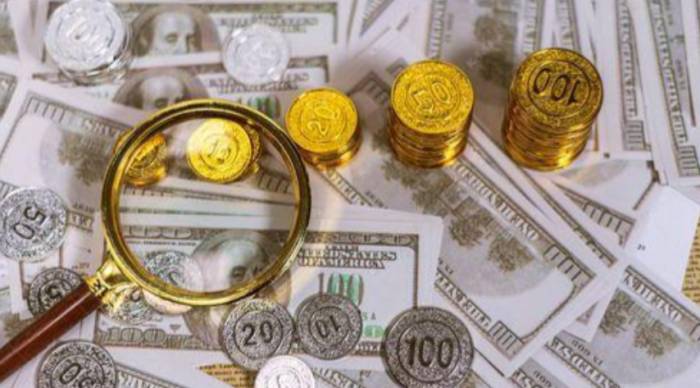Foreign Capital Sells $2.3T, Won Devalues by 20%
01
This morning, the South Korean stock market experienced a rapid decline as soon as it opened, with the Kospi index falling by more than 1.5% at its lowest point, reaching 2177 points.
The South Korean stock market had previously hit a low of 2134 points on September 30th, and it is now just a stone's throw away from that previous low. The country's stock market is still hovering at a low level, potentially setting new lows at any moment.
The South Korean stock market had reached its current position as early as 2011, and despite a few years of modest increases, it experienced a rapid rise in 2021, reaching a peak of 3300 points. However, the current index level has once again dropped back to the levels seen in 2011.
In the meantime, the South Korean won's exchange rate against the US dollar has also hit a multi-year low, with 1 US dollar currently exchanging for 1436.6 won, marking a new low since 2009.
This year, the Russian stock market has topped the list of global major stock market declines, but unexpectedly, South Korea's 25% drop has made it the runner-up; the depreciation of the won has also reached a 13-year low, with a depreciation of over 20% just this year.
It appears that South Korea is facing the possibility of being harvested by the US dollar.
Advertisement
02
South Korea is a country that heavily relies on exports, but the export situation this year has been less than ideal.
Under normal circumstances, currency devaluation is beneficial to exports.However, the current situation that South Korea is facing is that inflation is getting higher and higher, especially with the continuous rise in the prices of bulk commodities overseas.
South Korea needs to import a large amount of raw materials, and the depreciation of the won exchange rate has led to increasingly higher import costs, overwhelming the domestic small and medium-sized manufacturing industry in South Korea.
A large number of enterprises, facing the continuously increasing costs, have no choice but to reduce orders; otherwise, the less they produce, the greater the losses.
Take semiconductors as an example, which is an industry that South Korea can be proud of.
However, according to data released by the South Korean customs office, the export volume of semiconductors is continuously declining, with a 20% decrease compared to the same period last year, while on the other hand, South Korea's trade deficit is gradually expanding.
03
In order to maintain the exchange rate, many countries have raised interest rates recently, and South Korea is one of them.
Last week, South Korea raised interest rates by 50 basis points to 3%, which is the highest interest rate since the end of 2012, and it is also the fifth consecutive interest rate hike in South Korea this year.
From the original near-zero interest rate to the current 3% interest rate, it will certainly have a significant impact on production investment. The increase in interest rates means that the debt pressure on enterprises is getting bigger, and at the same time, it also means that liquidity is being tightened.
This is also a helpless choice for South Korea, because for the Bank of Korea, only by sticking to the exchange rate can capital flight be curbed.In addition to this, South Korea has had to directly intervene in the exchange rate by buying won and selling US dollars, in the hope of stabilizing the country's exchange rate.
This has also led to a significant decrease in South Korea's foreign exchange reserves. In September of this year, South Korea's foreign exchange reserves inadvertently set a "record" by decreasing nearly $20 billion in a single month, becoming the largest single-month decrease since the global financial crisis in 2008.

From this perspective, it also shows that the Bank of Korea is determined to continuously sell US dollars to save the exchange rate.
However, capital flight was still inevitable. In just the month of September this year, foreign investors sold a cumulative total of 23 trillion won worth of South Korean stocks.
In fact, as early as during the Asian financial crisis from 1997 to 1998, South Korea had already been harvested by Western countries once.
At that time, due to the impact of the Asian financial crisis, a large number of South Korean enterprises were on the brink of bankruptcy.
Under these circumstances, the American financial community took the lead, and Western financial groups entered South Korea with huge funds to acquire a large number of shares in key South Korean enterprises.
In fact, many of South Korea's large enterprises now have major shareholders and financial backers that are not from South Korea, but from the United States.
Now, if South Korea handles it improperly, it is very likely to face another harvest from the United States.
Leave A Comments